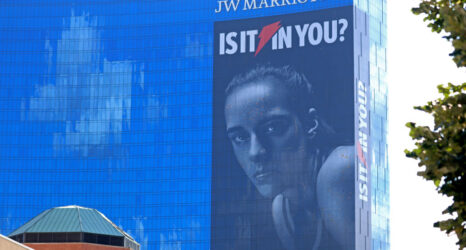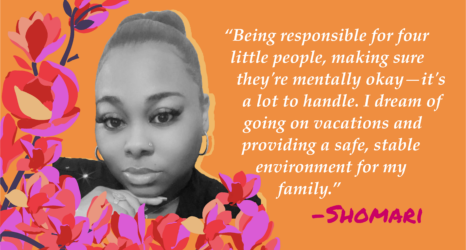Four guaranteed income recipients share how consistent economic stability fueled their creativity and helped them thrive.
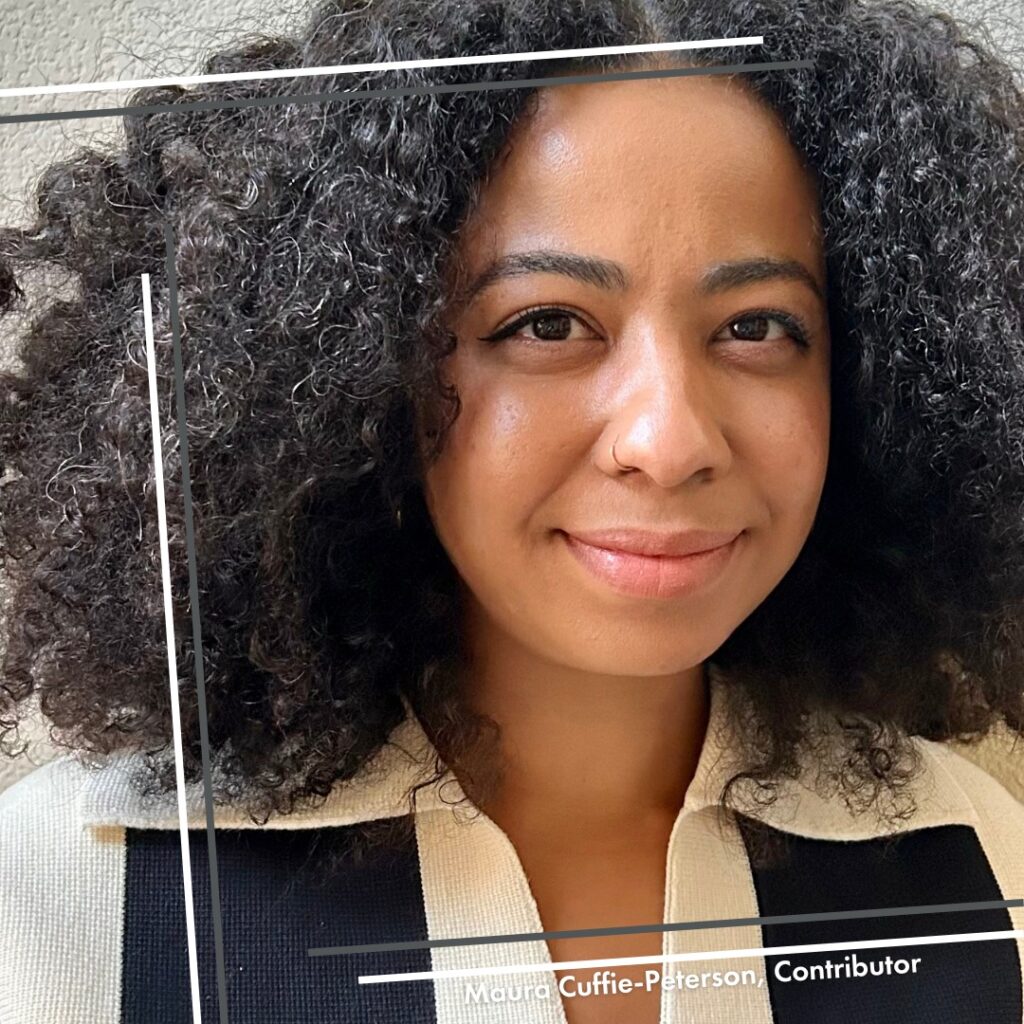
Across New York state, a groundbreaking initiative has been quietly transforming the lives of artists, particularly women, through the power of guaranteed income. The Creatives Rebuild New York (CRNY) guaranteed income program, which ran from 2022 to this year, provided 2,400 artists with monthly payments of $1,000 for 18 months, offering a lifeline to those in an industry known for economic precarity and hit especially hard by the pandemic.
The impact of this program has been profound, especially for women artists who often juggle multiple roles as creators, caregivers and breadwinners. The preliminary findings reveal that guaranteed income has not only improved financial stability but also enhanced professional growth and personal well-being. From the tangible results, such as increased savings and a greater ability to pay down debt; to the intangible, such as a 17 percent increase in positive mental health outcomes.
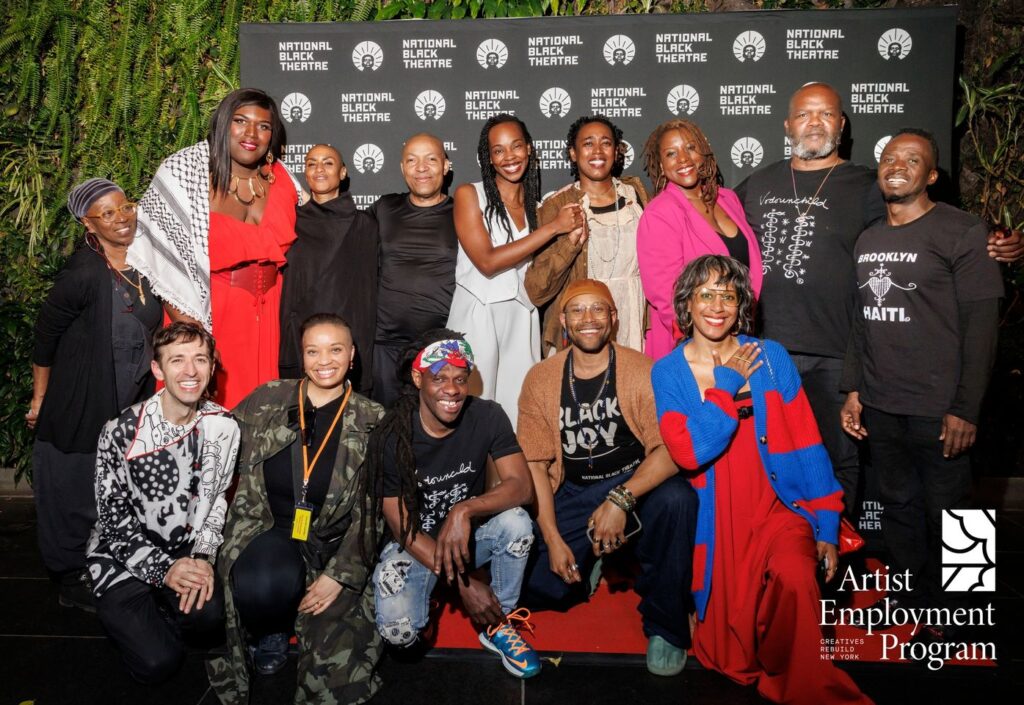
One of the most striking outcomes has been the program’s effect on caregivers, who make up over 30 percent of the CRNY recipients. These artists reported being able to provide care with less stress and even find more joy in their caregiving roles. The guaranteed income allowed them to balance their artistic pursuits with family responsibilities, creating a ripple effect of positive change in their communities.
For many women in the program, the monthly payment meant the difference between struggling to make ends meet and having the freedom to pursue their artistic passions. Below, four recipients share their experiences of how consistent economic stability fueled their creativity and empowered them to thrive in both their personal and professional lives.
Sasha, 51, Brooklyn and Beacon
Working consumed most of my mental space, leaving me little time for my own creative endeavors.
Before the pandemic, I was teaching yoga and conducting arts integrating workshops to teachers in the schools. I was attempting to dance and write on the side but was struggling to find the time. In my earlier years, I was a professional dancer and choreographer.
Financially, things were always tight. I had zero wiggle room in my budget and often carried low-grade credit card debt. I was scrappy in making ends meet, but working consumed most of my mental space, leaving me little time for my own creative endeavors.
When I was selected for the Creatives Rebuild New York guaranteed income program, I felt like I had won the lottery. A friend had told me about it, and I was shocked to be chosen. At the time, I was barely working due to the pandemic, and my mother was extremely ill in Massachusetts. Originally, I thought the money would help with my art, but it ended up being a lifeline as I cared for my mother in her final days. It was like having bereavement leave—it truly saved me.
To those who argue that giving people money will stop them from working, I say that’s ridiculous. This isn’t millions of dollars—it’s just enough to allow you to breathe and not worry about the basics.like food and rent. If we had a program like this for everyone who needed it, I believe it would ease peoples nervous systems, and help them be more effective in work.
This experience has shown me what it’s like to have a financial cushion. Guaranteed income programs are not about stopping work—they’re about providing the stability needed to thrive and contribute more fully to society.
Gabrielle, 34, Syracuse
I was really struggling before CRNY. And that was hard, because I did all the “right” things—I went to college, I graduated, I checked the boxes I needed to check to have a baseline in society, and it wasn’t working. Then I had a health crisis, which left me temporarily paralyzed in my legs, which was especially hard as a dancer, and it just put me into this new arena and I did what I could to keep my mind strong; it was a lot of me trying to manage my mind and pour in positivity.
I was in a tough spot financially, though. I had been really sick and unable to work, and I didn’t qualify for disability benefits, so I was freelancing and maybe making $25,000 max a year. My monthly expenses, with all my medical bills, were around $2,700, which was a lot to handle with no steady income.
When I heard about CRNY through a friend’s Instagram story, it sounded too good to be true, but I had nothing to lose. I was so relieved and grateful when I found out I was selected. This money has allowed me to stabilize myself. It’s helped me establish an LLC for a Latin dance course I developed and pay for all the startup fees. I’ve even been able to purchase higher education materials and take specialized courses on how to market my business. There was this one business course that cost $2,500—something I would’ve never been able to afford before—but the CRNY funds made it possible.
These days, I’m working primarily as a content creator, which I never imagined I’d be doing as someone in their 30s. I create social media content for various brands. It’s funny how life works—I’ve worked in social media previously sourcing talent and teaching people how to monetize apps, but now I’m the one behind the camera. It’s been a pleasant surprise, really.
To anyone who thinks programs like this would stop people from working, I can definitively say that’s completely inaccurate. Not only does it help you cover your baseline needs, but it also gives you clarity of mind. I was able to go back to work, be more efficient, and really pour myself into my creative work because I wasn’t constantly stressed.
Now, as a CRNY fellow, I’m learning about advocacy and even exploring the idea of starting smaller pilots in my area. This experience has given me so much more than financial stability—it’s given me a new direction in life.
Chemareéa, 23, Brooklyn
Before the Creatives Rebuild New York program started, I was really struggling financially. For about five months, I had almost no income beyond a bit of tutoring and tattoo work. I was dealing with debt from my move to NYC and had some serious health issues, including kidney infections. The financial stress was taking a major toll on my mental health too. My roommates at the place I had been living at all moved out before the lease was about to expire without telling me their plans. So I was just really stuck and without resources. At one point, I had a breakdown and spent about a week in the psychiatric ward at Elmhurst Hospital.
When I first heard about the CRNY guaranteed income program, I honestly thought it might be fake. A lot of artist grants can be shady. But I applied anyway, since I was applying for everything I could find. When I found out I was selected, it felt surreal. I immediately started planning how I could use the money to find a new living situation.
The impact of this guaranteed income has been profound. I was able to get an art studio, which gave me a dedicated space to create. I bought supplies, including a new guitar, and even started a band. It took about two months for me to really believe the payments would keep coming.
Beyond the material benefits, the program allowed me to build better relationships and connect with other artists. I was even able to support friends going through financial challenges, having just experienced that myself. It’s been empowering to have resources and feel more secure.
Jacinta, 52, Stone Ridge
Receiving guaranteed income felt like an honor and a celebration.
A few years ago, I was diagnosed with a complex chronic illness called Mast Cell Activation Syndrome. It is a disorder that wasn’t well-defined until 2017, so it was challenging to find proper treatment. I was experiencing frequent fainting spells, dizziness, extreme nausea and hives. When you have Mast Cell Activation Syndrome, your mast cells are overly responsive, causing a whole range of problematic symptoms. Just a year before CRNY, I had undergone a craniotomy after a CT scan revealed a mass on my brain, and I spent most of that year bedridden.
I heard about CRNY through a text message from a good friend I make art with. The application process was refreshingly accessible, especially for someone like me who didn’t attend art school or have a formal CV.
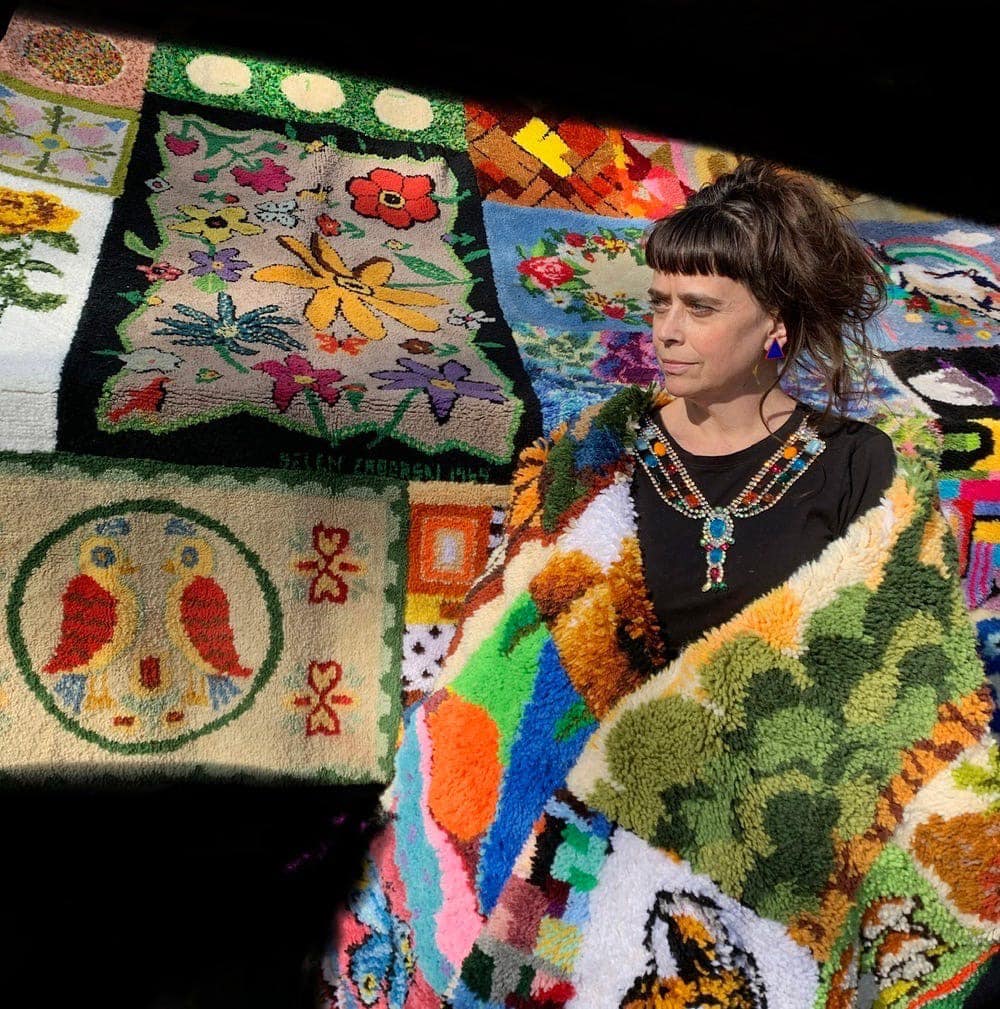
When I found out I was selected, it felt like winning the lottery. I had to reread the email several times in order for it to sink in. It was such a different experience than other benefits I’ve utilized. When I was on Medicaid in my 30s, I remember feeling stigmatized by my doctor who would make passive-aggressive comments about my low income. In contrast, receiving guaranteed income felt like an honor and a celebration. No one celebrates you for going on Medicaid when you need it.
The impact of this guaranteed income on my life has been significant. For those 18 months, there was a sense of relief—my partner and I could breathe a little easier. The money allowed me to pursue medical treatments beyond what insurance covered, like acupuncture, physical therapy, and cranial-sacral therapy, which provided me substantial relief. I paid to see a mast cell disorder expert who was incredibly essential to my care plan, but who did not take my health insurance.
I also invested in my art in significant ways. After the craniotomy, I couldn’t walk up the steps to my studio for several months, so I began creating fiber arts, which was something I could do on the couch. Then when the CRNY payments started, I invested more seriously in the fiber arts project by buying a large frame. This pushed me to build the project on a much bigger scale. I was also able to create an accompanying book and hire another artist to design it.
As a feminist, I’m deeply drawn to the concept of guaranteed income because it embodies the principles of intersectionality, community building and mutual aid. It’s not just about individual financial stability—it’s shifting our focus to caring for one another and creating a more equitable society. It’s about building a giant umbrella to keep us all safe from unpredictable storms.
At Ms. magazine, our mission is to deliver facts about the feminist movement (and those who stand in its way) and foster informed discussions—not to tell you who to vote for or what to think. We believe in empowering our readers to form their own opinions based on reliable reporting. To continue providing you with independent feminist journalism, we rely on the generous support of our readers. Please consider making a tax-deductible donation today if you value the work we do and want to see it continue. Thank you for supporting women’s voices and rights.
Up next:




